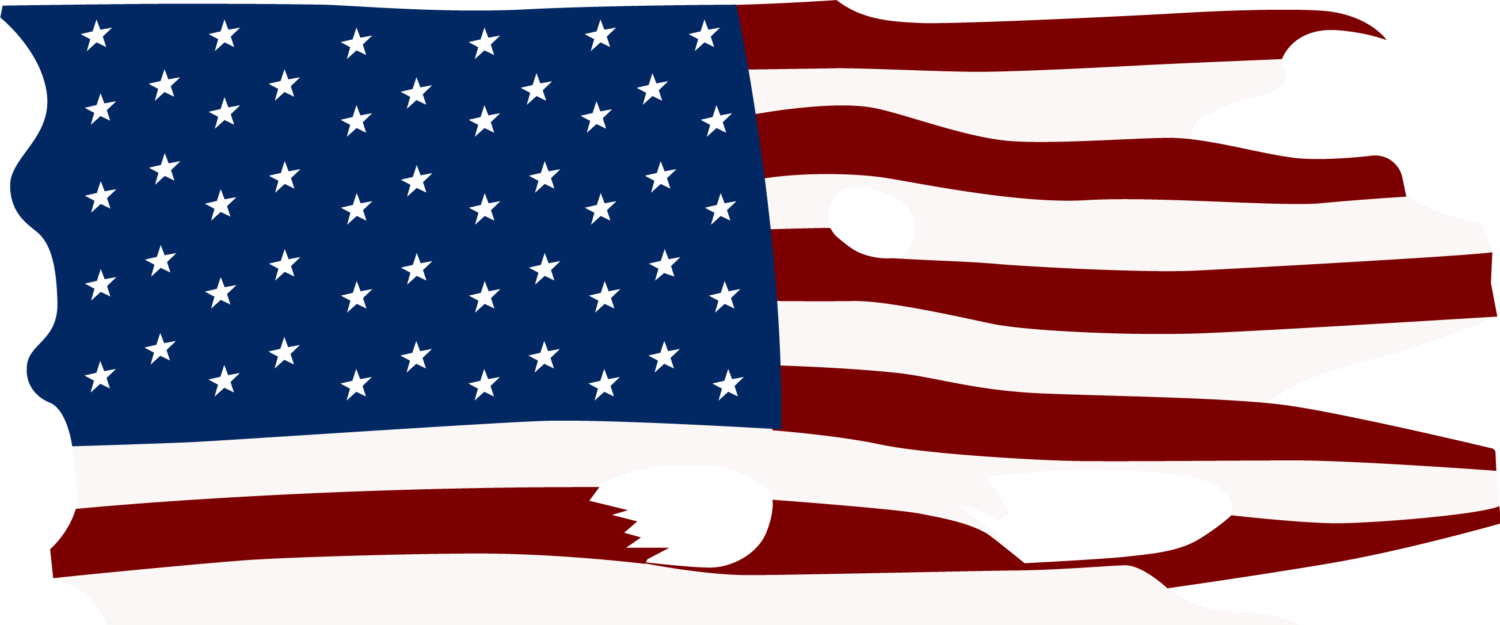 At least 267 different species are known to have suffered from entanglement or ingestion of marine debris including seabirds, turtles, seals, sea lions, whales and fish.
At least 267 different species are known to have suffered from entanglement or ingestion of marine debris including seabirds, turtles, seals, sea lions, whales and fish.
The scale of contamination of the marine environment by plastic debris is vast. It is found floating in all the world’s oceans, everywhere from polar regions to the equator.
It has been estimated that around 80% of marine debris is from land-based sources and the remaining 20% is from ocean based sources.
The sources can be categorized into four major groups:
• Tourism related litter at the coast: this includes litter left by beach goers such
as food and beverage packaging, cigarettes and plastic beach toys.
• Sewage-related debris: this includes water from storm drains and combined sewer
overflows which discharge waste water directly into the sea or rivers during heavy
rainfall. These waste waters carry with them garbage such as street litter,
condoms and syringes.
• Fishing related debris: this includes fishing lines and nets, fishing pots and
strapping bands from bait boxes that are lost accidentally by commercial fishing
boats or are deliberately dumped into the ocean
• Wastes from ships and boats: this includes garbage which is accidentally or
deliberately dumped overboard.
Source: Greenpeace Report
